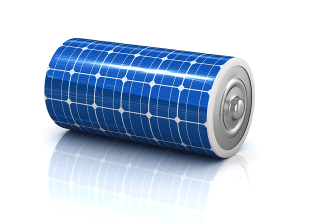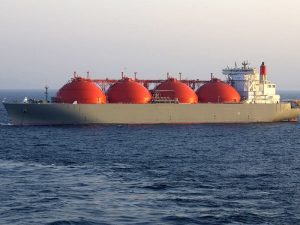The ACT government has decided to accelerate the introduction of battery storage and plans to support the installation of 36MW of battery storage capacity in Canberra homes and businesses over the next four years, as part of a next generation renewables auction program that will start next year.
The ACT, which is aiming to have 90 per cent of its electricity supplied by renewable energy by 2020, and 100 per cent by 2025, earlier this year called for expressions of interest in next generation solar technology so it could decide how it would proceed with its proposed tender.
After looking at the options and ideas presented, ACT minister for the environment Simon Corbell and his team has decided to go down the path of encouraging battery storage in homes and businesses, a program he says will keep the ACT at the cutting edge of innovation in its continued support of renewable energy.
He says it will result in around 36MW of battery storage rolled out in more than 5,000 Canberra homes and business over the next four years.
That makes it the most ambitious national program to date for battery storage, bettering a program announced earlier this year by the Adelaide City Council and later supported by the South Australian government.
However, the ACT government’s decision will be sure to disappoint supporters, advocates and developers of large-scale solar plus storage technology, particularly the local and international companies developing solar towers and storage.
The ACT auction process attracted nearly 1,000MW of project proposals. Some had considered it the best chance of getting solar tower and storage built in Port Augusta, where the last of South Australia’s coal-fired generators are to retire early next year.
Solar Reserve, the US company completing the structure of the world’s largest solar tower and storage plant, the 110MW Crescent Dunes facility in Tonopah, Nevada, was one of the bidders.
However, it appears that battery storage behind the meter offered the best value for the ACT government.
The ACT will start with a pilot program that will award $600,000 in grants – through an auction process – for companies installing distributed solar plus storage in homes and businesses.
The next generation renewables strategy will be supported by a fourth reverse auction for 109MW of renewable energy in 2016, which will take the ACT to its initial target of 90 per cent renewable energy by 2020. This is on top of the 200MW of wind already awarded, the 200MW of wind about to be announced, and 50MW of large-scale solar PV also already awarded.
Under the auction, proponents of the fourth reverse auction of 109MW will be required to contribute funding that will then be awarded through a concurrent competitive auction to install distributed storage in the ACT.
Corbell says the global battery storage market is predicted to be worth $400 billion by 2030, and he wants the ACT to be a launching pad for both national and international businesses.











